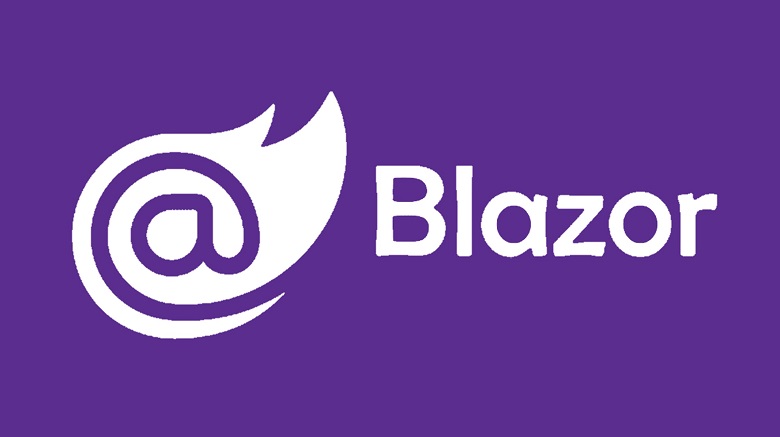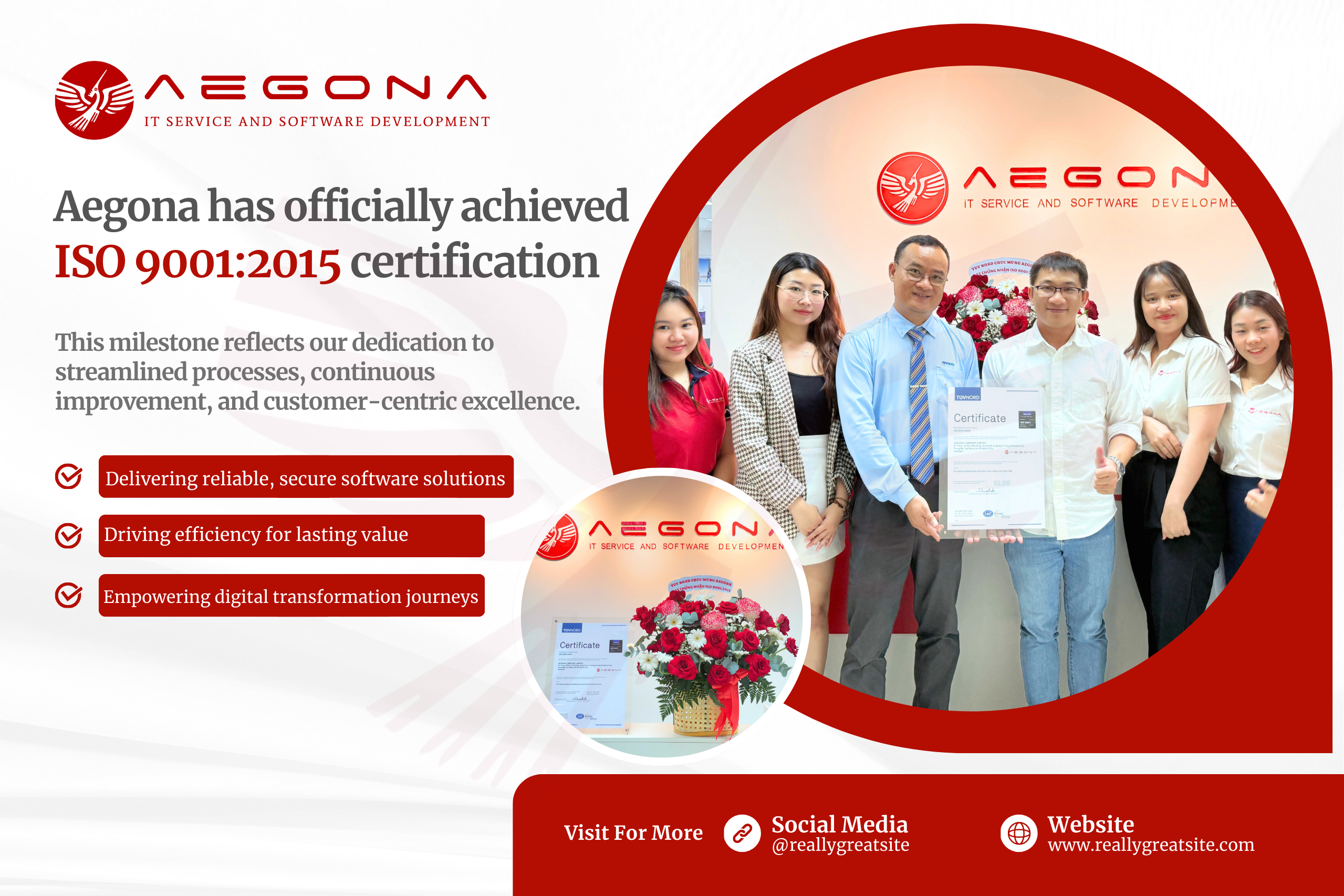The future offshore development of Blazor for web & desktop app development

Offshore development of Blazor, is likely to increase in popularity as more businesses seek to leverage its benefits, including faster development time, improved scalability, and reduced maintenance costs.
Offshore development teams can provide cost-effective and high-quality Blazor development services, especially for startups and small businesses with limited budgets.
BLAZOR FOR WEB & DESKTOP APP DEVELOPMENT
Blazor is a web UI framework developed by Microsoft that allows developers to build web and desktop applications using C# instead of JavaScript. It uses WebAssembly to run .NET code in the browser, allowing developers to create single-page applications with the full power of .NET.
Blazor has two hosting models: server-side and client-side. In server-side Blazor, the application is executed on the server, and the client receives a real-time stream of UI updates over a SignalR connection. This hosting model is useful for applications that require real-time updates and can handle the additional network latency.

On the other hand, client-side Blazor, also known as WebAssembly-based Blazor, allows the entire application to be downloaded and executed in the client's browser. This approach provides a faster and more responsive user experience because the application can respond to user interactions immediately without requiring round trips to the server. However, client-side Blazor has some limitations, such as a larger initial download size and less access to browser APIs.
Blazor provides a rich set of UI components, including buttons, input controls, layouts, and charts, that can be customized and extended to suit specific application requirements. It also integrates well with existing .NET technologies, such as Entity Framework, ASP.NET Core, and Azure services.
Blazor is a powerful and flexible framework for web and desktop application development that leverages the full power of .NET and C#.
It provides a great alternative to traditional JavaScript-based web development, allowing developers to use a language and framework they are already familiar with, and it can be an excellent choice for companies looking to build performant and responsive web applications.
CHALLENGES OF BLAZOR APP DEVELOPMENT AND HOW TO OVERCOME THEM
Blazor is a relatively new framework, and as with any new technology, it presents some challenges for developers. Here are some of the most common challenges of Blazor app development and some tips on how to overcome them:
Limited ecosystem and third-party libraries: Blazor has a smaller ecosystem and fewer third-party libraries compared to other established web frameworks like Angular or React. This can make it challenging to find the right libraries and tools for the specific needs of your project.
Solution: As Blazor gains popularity, more third-party libraries and tools are being developed, and the ecosystem is rapidly expanding. Also, since Blazor is built on .NET, you can use existing .NET libraries and NuGet packages in your Blazor application.
Performance issues: Blazor's client-side hosting model relies on WebAssembly, which can cause performance issues such as increased startup time, large application size, and slower runtime performance.
Solution: To overcome these issues, you can use server-side hosting for real-time updates and optimize the application size by using ahead-of-time (AOT) compilation and tree-shaking techniques. Also, make sure to use best practices for performance optimization, such as minimizing DOM manipulation and using lazy loading.
Browser compatibility issues: Blazor's client-side hosting model requires a modern browser that supports WebAssembly and JavaScript modules, which can limit the application's compatibility with older browsers.
Solution: You can use server-side hosting or fallback to a non-Blazor solution for browsers that do not support WebAssembly. Also, consider using polyfills and browser feature detection to ensure compatibility with older browsers.
Learning curve: Blazor requires a different way of thinking compared to traditional JavaScript-based web development, which can present a learning curve for developers who are not familiar with C# or .NET.
Solution: Provide training and resources for developers who are new to Blazor and .NET, and encourage them to start with simple projects and gradually move to more complex ones. Also, leverage the existing .NET community and resources to accelerate the learning process.
AEGONA – SOFTWARE OUTSOURCING COMPANY USES BLAZOR IN PROJECTS

Aegona is a software outsourcing company that provides software development, testing, and maintenance services to clients worldwide. Aegona uses Blazor in some of their projects to build Web & Desktop App Development.
By leveraging Blazor, Aegona can provide its clients with performant and responsive web applications that can be developed using C# and the .NET framework. This approach can help reduce development time and costs and provide more seamless integration with existing .NET technologies, such as Entity Framework and ASP.NET Core.
Overall, Aegona's use of Blazor in their projects highlights the growing popularity of this framework and its potential for delivering high-quality web applications to clients.
Read more: Which Web Application Development Technologies In Vietnam Should You Use?
We hope you can find the best partner for your business. Take a look at our portfolio to see the full range of projects our professionals have tackled. To discuss your idea — leave us a message via:
- Email: [email protected]
- Hotline: +84 28 71092939 | +84 933 848989
- Website: www.aegona.com
- Fanpage: Aegona Ltd
- Address: Orbital Building (QTSC Building 9), Quang Trung Software City, District 12, Ho Chi Minh City, Viet Nam
related post

Amid the vibrant working atmosphere at Aegona, this September and October will be more exciting than ever with the kickoff of the 2025 Internal Chess Tournament

As scheduled, the monthly internal event “Happy Hour” returned to Aegona’s office this September afternoon, bringing along a joyful atmosphere filled with connection, laughter, and positivity.

Discover the key software outsourcing trends in 2025, from AI, automation, hybrid outsourcing to workforce training. Understanding these trends helps businesses optimize costs and improve software quality.

On June 16, 2025, following a series of technical discussions and alignment on technology directions, Aegona and Biblia officially signed a strategic cooperation agreement to develop a comprehensive digital publishing platform that integrates both E-books and Audiobooks.

In the global software development market, outsourcing Node.js development in Vietnam has become one of the most strategic choices for startups, SMEs, and enterprises looking to optimize costs while maintaining top-notch quality.

We are proud to announce that Aegona has officially achieved ISO 9001:2015 certification, an internationally recognized standard for quality management systems.

Outsourced IT staff offers a strategic alternative: you get skilled professionals exactly when you need them, without the overhead of permanent hires.

Build custom ERP software to streamline operations, boost efficiency, and fit your business needs. A complete step-by-step guide.

Discover the best open-source inventory systems like InvenTree. Learn key features, benefits, and tools to optimize warehouse and inventory operations.

Discover how Tender Management software streamlines bidding, boosts efficiency, and when to choose a custom-built solution.

Discover the benefits of hiring offshore PHP developers in Vietnam and explore a step-by-step process to build a skilled, cost-effective development team.

Discover the key benefits and features of real estate app development in Vietnam for businesses aiming to grow in the digital property market.

Custom FinTech app development for banking, insurance, payments & more. Secure, scalable, and tailored to your business.

Odoo POS software is becoming an effective alternative to traditional POS systems thanks to its flexible integration capabilities and reasonable cost. Using sales management software plays an essential role in optimizing business operations. This article will help you compare Odoo software and traditional POS systems to find the most suitable option for your business.
